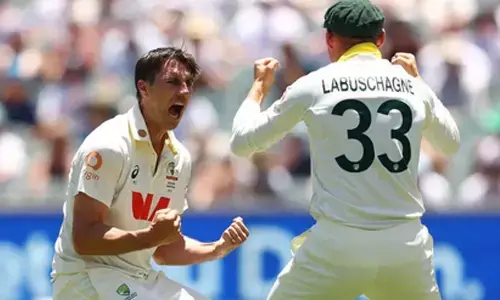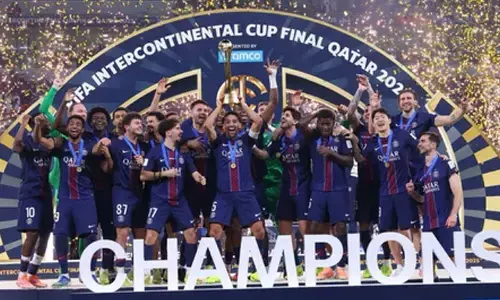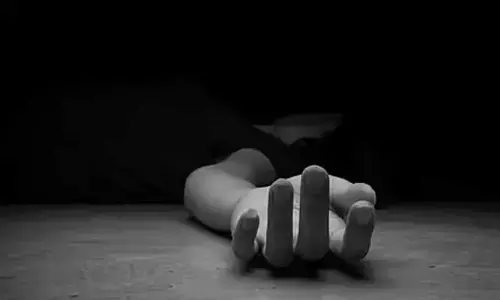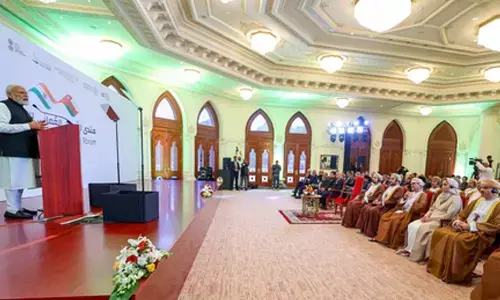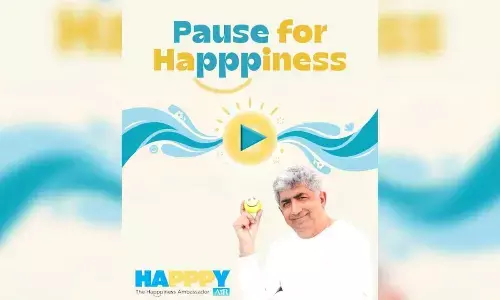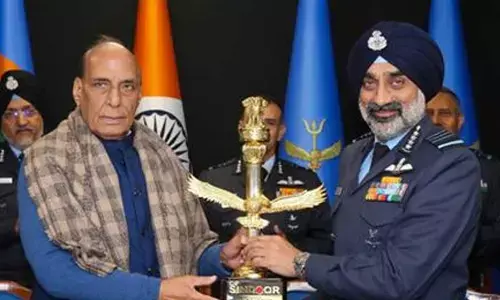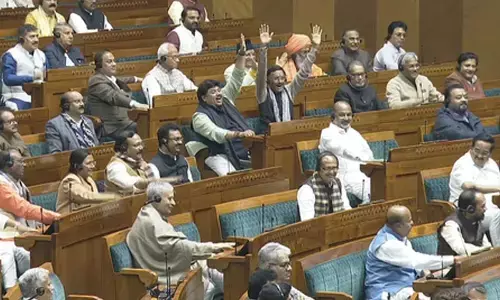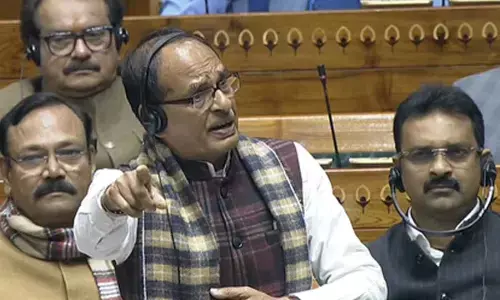1931 data muddies backward caste-higher-education quotas
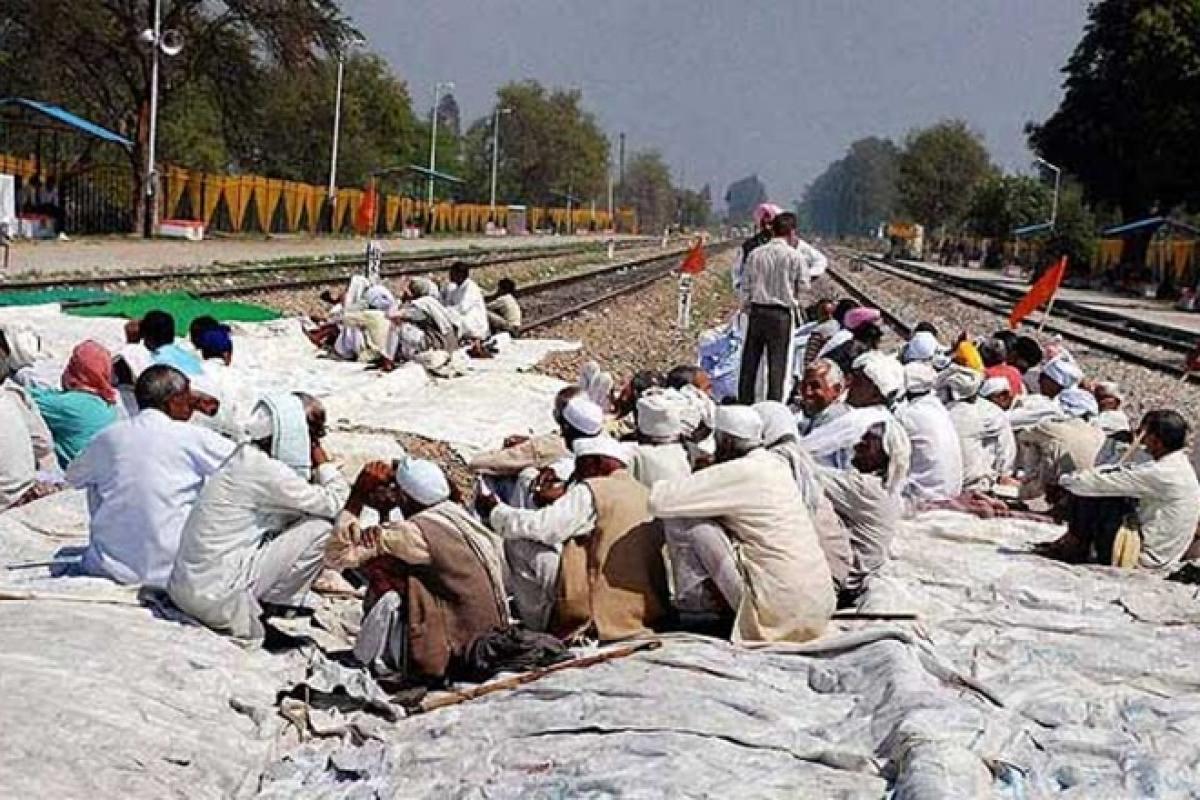
Over the decade ending 2010, the enrolment rate of other backward classes (OBCs) -- a loose definition of lower castes, a level above scheduled castes and tribes -- in higher education had tripled to 22 per cent, close to the national rate of 23.6 per cent. But the issue of continuing affirmative action for OBCs is muddied because the percentage of seats reserved for them nationwide is based on 85
Over the decade ending 2010, the enrolment rate of other backward classes (OBCs) -- a loose definition of lower castes, a level above scheduled castes and tribes -- in higher education had tripled to 22 per cent, close to the national rate of 23.6 per cent. But the issue of continuing affirmative action for OBCs is muddied because the percentage of seats reserved for them nationwide is based on 85-year-old data.
History throws up the question: Now that OBCs appear to have caught up with higher castes in higher education, is it time to remove reservation?
Thise is a difficult question to answer because in the last 85 yeas, the OBC proportion in the general population has been variously estimated at 32 percent (1955), 27 per cent(1991), 36 per cent (1999) and 41 per cent (2005). It also appears that enrolment-rate gains may not reflect continuing gaps between OBCs and upper-caste Hindus.
Are OBCs in higher education in proportion to their population share? No one really knows
In 1991, when India instituted 27 per cent reservation for OBCs in state-level, higher-education institutions on the recommendation of the Mandal Commission -- created in 1978 to determine criteria to identify backward castes -- there were supposedly 3,743 backward-caste groups making up 52 per cent of the Indian population.
To arrive at this figure, the commission “subtracted from 100 per cent the share of the SC-ST population, the non-Hindu population based on the 1971 census, and the share of the Hindu upper castes extrapolated from the 1931 census”, a 2014 study said. “The residual was actually 43.7 per cent, to which was added half of the non-Hindu population share.”
Did the government believe that the OBC share was overestimated?
A previous estimate, by the Kalelkar Commission in 1955 placed OBCs at 32 per cent of the population. The 1999 National Sample Survey said OBC accounted for 36 per cent of the population, while the 2004-05 National Sample Survey said the figure was 41 per cent.
“The quota shares allocated to disadvantaged castes are roughly in proportion to their population shares,” said a new study published in June 2016 by researchers from the Carnegie Mellon University. In that case, the population share of OBCs should be around 27 per cent, the share of places reserved for them in higher education.
Whatever the population share of OBCs -- 27, 32, 36 or 41 percent -- they have clearly reaped larger gains than SCs and STs in higher-education enrolments. Against their population share, 33 per cent of students enrolled in higher education were OBCs, according to the 2014-15 All India Survey on Higher Education.
So, should reservation for OBCs be withdrawn?
No, said the 2014 study we previously referred to, by Ashwini Deshpande, a Delhi University economist, and Rajesh Ramachandran, an economist at Frankfurt’s Goethe University.
Studying the gap between the OBCs and others -- in merit-based admissions -- Deshpande and Ramachandran found nine per cent of younger OBCs (born between 1976 and 1985) had acquired a graduate degree versus 0.4 per cent of older OBCs (born in the decade from 1926 to 1935).
The likelihood of others acquiring a graduate degree or more had also increased, from four per cent to 20 per cent for these age groups, illustrating the gap in higher education among social groups. “That the haves (others) have outperformed the have-nots (OBCs) shows India still needs reservation for the OBCs,” Deshpande told IndiaSpend in an email interview.
The case for reviewing OBC reservation
With data showing that OBCs have caught up with the national average in gross enrolment rate (GER) -- a measure of the percentage of actual enrolments in higher education, regardless of age, in a given academic year, to the 18- to 23-year-old population eligible for higher education that year-it would help to identify and exclude prominent castes within OBCs.
At the state level, castes figuring in the central OBC list are sub-categorised typically in classes A/B/C/D. For instance, the Kuruba's a traditional shepherds, figure in the central government’s OBC list for Andhra Pradesh and in section ‘B’ in the state’s backward classes list. As we indicated in part one, the Supreme Court has endorsed such periodical review to ensure the “creamy layers” -- as it referred to the privileged among OBCs -- do not continue to benefit at the cost of those who genuinely need help.
Here’s how the National Commission for Backward Classes describes the philosophy behind the periodic revision of the backward-classes list to exclude castes/communities that have advanced socially and educationally: “Reservation is for those backward classes who need it and who are handicapped without it and not for those who after availing themselves of and enjoying the benefits of reservation have ceased to be backward.”
By performing this exercise, “castes/communities which have advanced to the level of forward sections of the society [should] yield place to those who have not reached this stage of development and are in greater need of reservation”.
The challenge, as we said, is the lack of data for an accurate review, with the last caste census conducted in 1931. Only the backward classes commission in Karnataka has conducted an extensive census of castes after considerable debate over the inclusion of dominant castes, such as Lingayats and Vokkaligas, in the list of OBCs.








